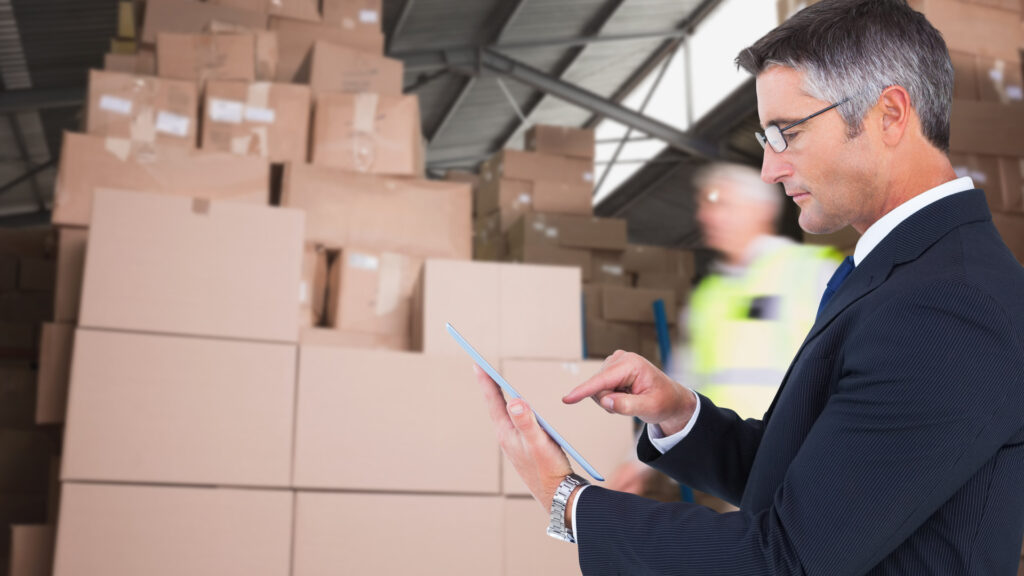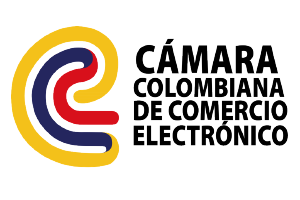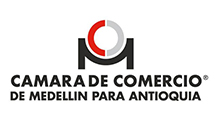Customs goods inspection and verification procedures are processes aimed at ensuring that goods entering or leaving a country comply with established customs regulations and requirements. These procedures are important for several reasons:
Regulatory compliance: Customs has specific regulations and requirements that must be met to protect public health, national security, the environment and the country’s economic interests. Inspection and verification of goods ensure that these regulations are respected.
Smuggling prevention: Inspection procedures help prevent the smuggling of prohibited, restricted or illegal goods, such as drugs, weapons and counterfeit goods.
Protection of local industry: Countries may establish tariffs and restrictions to protect their local industries. Inspections help ensure that imported goods meet these requirements and do not cause injury to domestic industry.
Collection of duties and taxes: Customs collects duties and taxes on imported goods. The inspection ensures that customs declarations are accurate and that the corresponding taxes are paid.
National security: Inspection of goods can be a way of detecting threats to national security, such as hazardous materials or goods that could be used in illegal activities.
Inspection and verification procedures may vary from country to country due to differences in regulations, infrastructure capabilities and resources available in each country. However, there are certain standards and principles that tend to guide these procedures at the international level. Organizations such as the World Customs Organization (WCO) and the World Trade Organization (WTO) work to establish guidelines and regulations that promote efficiency and consistency in customs procedures worldwide.
Despite the differences, there are certain common aspects in customs procedures, such as the presentation of import or export documents, the physical inspection of goods in some cases, the tariff classification of products and the determination of applicable taxes and duties. These procedures, although they may vary in specific details, seek to achieve the aforementioned objectives in a consistent and efficient manner.
In Colombia, these customs inspection and verification procedures are regulated by the National Tax and Customs Directorate (DIAN), the entity in charge of managing and controlling aspects related to foreign trade and tax collection in the country. It is important to bear in mind that the exact procedures may vary according to the type of goods, the import or export modality, the type of product, and the type of product.
Cybergraphy
https://mundi.io/exportacion/verificacion-de-mercancias/
https://www.diariodelexportador.com/2017/11/la-inspeccion-de-mercancias-en-el.html
https://repository.javeriana.edu.co/bitstream/handle/10554/9202/tesis279.pdf?sequence=1



